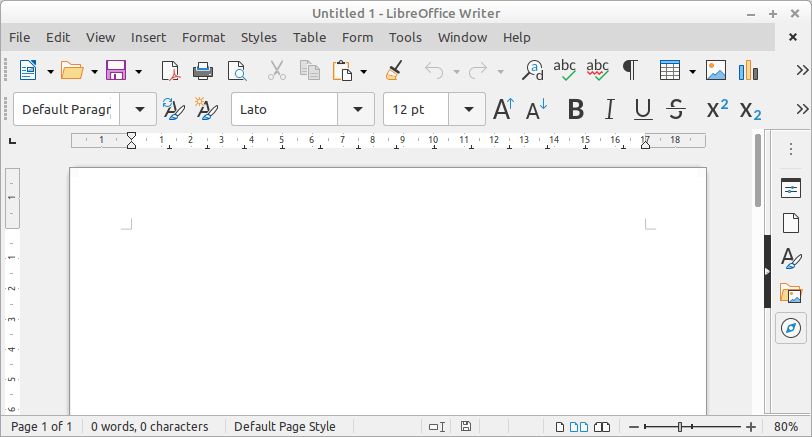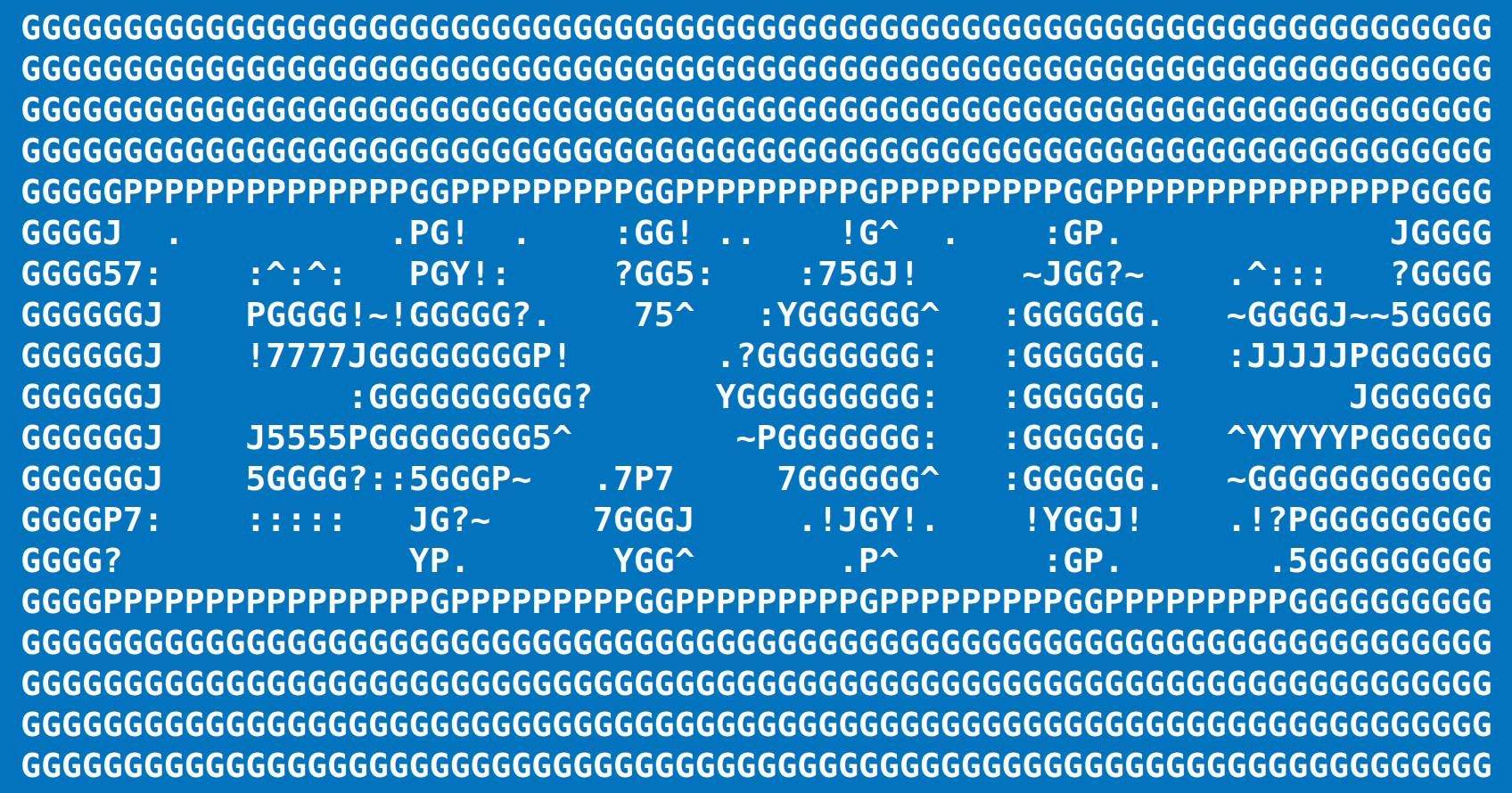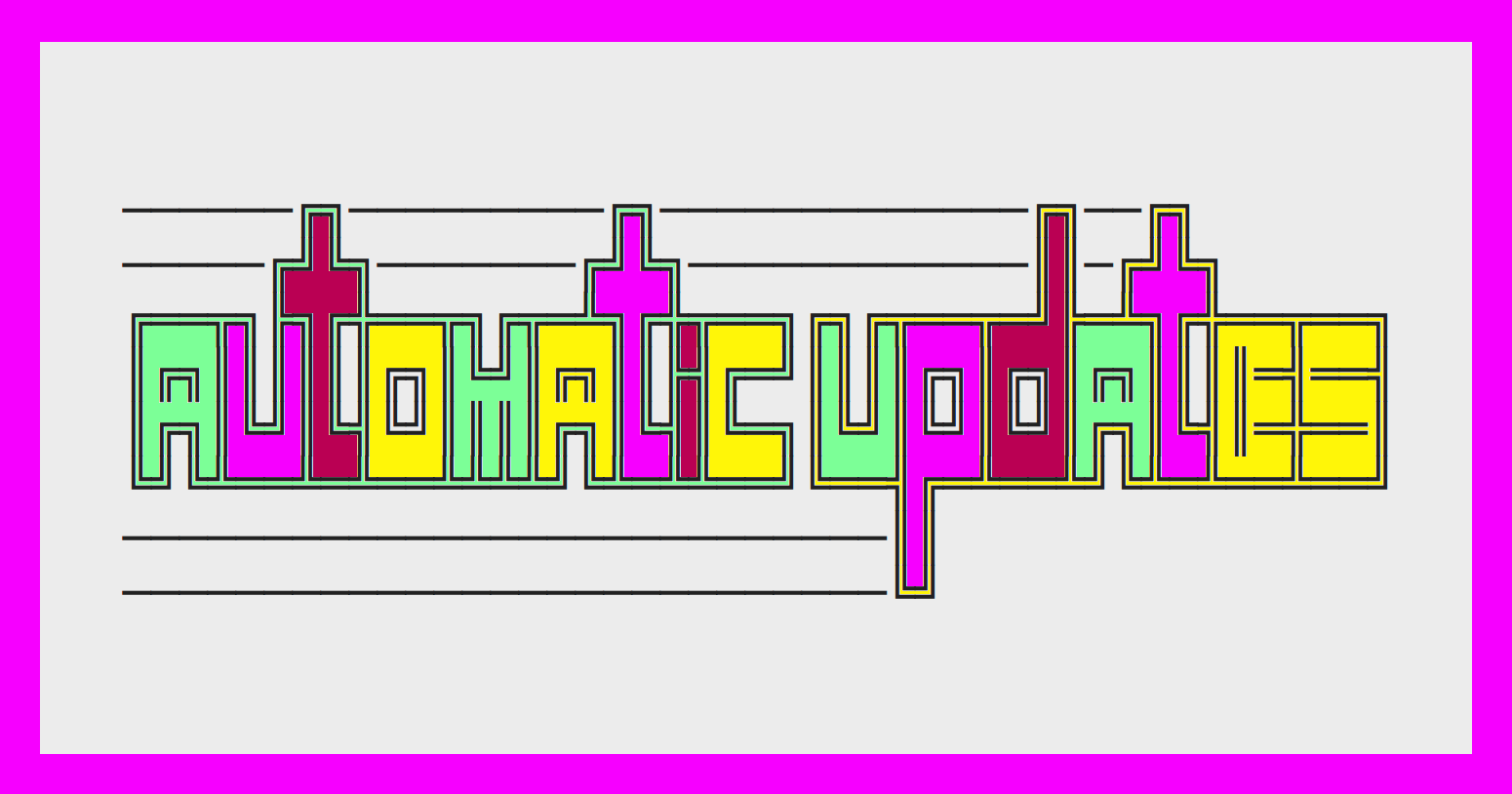
How to install LibreOffice on Linux Mint, Ubuntu, MX Linux, Debian…
Last updated on December 4, 2025
This article describes how to install LibreOffice 25.8 on Debian/Ubuntu-based Linux distributions, such as Linux Mint, MX Linux, Ubuntu, and derivatives.
LibreOffice 25.8 was officially released on August 20, 2025.
The next release, LibreOffice 26.2, is set to be released in February 2026.
Find more information on LibreOffice 25.8 & 26.2 release dates on the official release plan.
Table of contents
A. Install LibreOffice via ppa
1. Add the LibreOffice PPA
2. Install language packs
3. Install additional packages
4. Uninstall / Downgrade LibreOffice
B. Install LibreOffice manually
1. Remove previous LibreOffice installations
2. Install LibreOffice 24.2 manually
3. Uninstall LibreOffice
A. Install or upgrade LibreOffice via PPA (Ubuntu-based distributions)
Warning: updating LibreOffice via PPA or manually can cause multiple problems. It is recommended to stick with the default LibreOffice version which comes with your Linux distribution.
If you are an advanced Linux user and want to update/upgrade LibreOffice anyway, the “LibreOffice Packaging” team recommends installing or upgrading via ppa over using the *.deb files provided by Document Foundation.
1. Add the LibreOffice “fresh” PPA
This PPA has not yet been updated to LibreOffice 24.2! If you don’t want to wait, use the manual installation method.
The official LibreOffice PPA provides the latest “fresh” version. Run the following commands in Linux Mint or any Ubuntu-based distribution:
sudo add-apt-repository ppa:libreoffice/ppasudo apt update
sudo apt upgrade

Some guides recommend using apt full-upgrade instead of apt-upgrade.
The full-upgrade is absolutely fine (and won’t upgrade your Linux distribution!), but in this case does the same as apt upgrade. The apt manual page describes the full-upgrade variant as follows: “full-upgrade performs the function of upgrade but will remove currently installed packages if this is needed to upgrade the system as a whole”.
If you wanted to install (vs. upgrade) LibreOffice, run the command below:sudo apt install libreoffice
2. Install language packs
Language packages in LibreOffice are spread over different packages. The user interface, templates and autotext features are contained in the libreoffice-l10n-* packages.
Spelling dictionaries, hyphenation patterns and thesauri are available in separate packages: hunspell-*, hyphen-*, mythes-* and libreoffice-help-*.
To find LibreOffice language packs for a specific language, replace the asterisk with a two-letters language code (mostly). For example, the corresponding German packages are:
- User interface: libreoffice-l10n-de
- Spelling dictionary: hunspell-de-de-frami
- Hyphenation patterns: hyphen-de
- Thesaurus (synonyms): mythes-de
- Help: libreoffice-help-de
Install all of them with the following command:sudo apt install libreoffice-l10n-de hunspell-de-de-frami hyphen-de mythes-de libreoffice-help-de
For US-English, there is no libreoffice-l10n-en-us package as it is the default language. Spelling, hyphenation, thesaurus (synonyms) and help files still have to be installed:sudo apt install hunspell-en-us hyphen-en-us mythes-en-us libreoffice-help-en-us
For British or Canadian English, replace all us occurrences with gb or ca.
Find the right LibO language packs
How to find the letter code for your language packs? One option is to check the output of the following command:apt search libreoffice-l10n-
Please note that spelling packages may have a different language code! In fact, there are more different spellcheck packages than user interface packages:apt search hunspell-
Here are two examples for installing language packs in French and Spanish:
sudo apt install libreoffice-l10n-fr hunspell-fr-comprehensive hyphen-fr mythes-fr libreoffice-help-fr
sudo apt install libreoffice-l10n-es hunspell-es hyphen-es mythes-es libreoffice-help-es

You may want to install additional icon themes. The new Colibre theme is installed by default. You could install all available icon themes with the following command (not recommended):sudo apt install libreoffice-style*
The themes HiContrast, Industrial and Oxygen do not include SVG variants of the icons and are not actively maintained. Karasa Jaga was introduced as an alternative to Oxygen.sudo apt install libreoffice-style-karasa-jaga
To change the active icon theme, go to:
Tools > Options > View > Icon style
The Sukapura theme by Rizal Muttaqin was introduced with LibreOffice 7.0 and is a default theme for LibreOffice installations on MacOS. Here is what it looks like and how to install it:

sudo apt install libreoffice-style-sukapura
Finally, here are a few more icon themes for LibreOffice worth installing: Breeze, Elementary and Sifr.sudo apt install libreoffice-style-breezesudo apt install libreoffice-style-elementarysudo apt install libreoffice-style-sifr
4. Uninstall / Downgrade LibreOffice
To go back to the default LibreOffice version provided by your Linux distro, you’ll have to remove AND purge the LibreOffice PPA.
The following command only removes the PPA. Your system will no longer receive updates from that PPA, but it doesn’t affect the packages installed from that PPA:sudo add-apt-repository --remove ppa:libreoffice/ppa
Now purge the PPA to downgrade to the stock LibreOffice version:sudo apt install ppa-purgesudo ppa-purge ppa:libreoffice/ppa
B. Install LibreOffice manually
This installation method is based on the official .deb (or .rpm) packages.
1. Remove bundled LibreOffice
LibreOffice 24.2 can be installed alongside older LibreOffice versions, but conflicts may occur.
To remove prior installations of LibreOffice:sudo apt remove libreoffice-common
If you also want to remove LibreOffice configuration files, use the purge switch:sudo apt purge libreoffice-common
Note that you could also use remove --purge, which is is equivalent to the purge command.
Remove unused dependencies:sudo apt autoremove
2. Install LibreOffice manually
Step 1 of 3 – Download compressed packages
Download LibreOffice 24.2 from the official download page:
www.libreoffice.org/download/
This how-to supposes that the downloaded file (and language packs) is saved in the “Downloads” directory situated in your home directory.
Download as many language packs as you need.
Step 2 of 3 – Extract the .deb packages
The downloaded files are compressed and have a .tar.gz filename extension. In case you want to learn more on these extensions, please follow these links: tar, gzip. To extract these juicy archives, open the “Downloads” directory. Look for a file named:
LibreOffice_25.8.3_Linux_x86-64_deb.tar.gz
Then, right-click on the file name and select “extract here”. Repeat the extraction process for all language packs. The .tar.gz archive(s) can now be deleted.
Step 3 of 3 – Install .deb packages
Open a terminal.
Change the current directory to the location of the .deb packages:cd ~/Downloads/LibreOffice_25.8.x_Linux_x86-64_deb/DEBS
(You don’t need to write everything: use Tab ↹ to autocomplete the command line, or copy and paste with the middle-click mouse button)
Finally, install all .deb packages:sudo dpkg -i *.deb
In case you’re installing language packs, repeat the cd and dpkg steps for each language pack.
You’re done! No need to restart, LibreOffice is ready to be used.
If you have problems launching LibreOffice, try out the following command:libreoffice25.8
or/opt/libreoffice25.8/program/soffice
If you’re installing a development release (Beta) of LO 26.2 you can launch it with the following command:lodev26.2
3. Uninstall LibreOffice
If you want to remove LibreOffice, use the following command:sudo apt purge libreoffice25.8*
Alternatively, or for any other version, use:sudo apt purge libreoffice?
If you want to remove a development (beta) version of LibreOffice, use the following command:sudo apt remove lodev*
By Johannes Eva, January 2011 – December 2025
Read also:
How to install Firefox on any Linux distribution (Ubuntu, Linux Mint, …)
How to set default programs on Linux Mint or Ubuntu
Too many spelling or grammatical errors?
The author of this article is French and German, and obviously not a native English speaker. Any correction will be gladly accepted. Please send an email to 














10 thoughts on “AVIF browser test page: AVIF support in Chrome, Firefox, Edge…”
Ezgif even does animated AVIFs:
https://ezgif.com/avif-maker
AVIF is now supported in official Firefox 93:
https://www.mozilla.org/en-US/firefox/93.0/releasenotes/
Could you make a similar page for a JPEG XL test?
Thank you for your interest – a JPEG XL test page would be useful, but I have no time left at the moment. Hopefully at some time in 2022 🙂
The following plugin, coupled with the functions.php code mentioned in the post, will allow AVIF images to be uploaded via the Media Library.
https://wordpress.org/plugins/blob-mimes/
Sadly your site need javascript enable for the test avif vs jpeg. If noscript bloc everything, this page say that AVIF is not supported and display JPEG fallback.
In JS dependences there is also google-analytics that is not fair play for a libre-software website :(.
Thank you for your article anyway.
Actually, AVIF/JPEG fallback using the element is pure HTML and does not need Javascript, even on this site. And you’re right, I really should switch from GA to Matomo, it’s a matter of time. Cheers!
Nice article. Love how you included a detailed tutorial for WordPress. I have created a UX optimized converter that support bulk conversion, without the need of uploading files. You can find it on: https://avif.io/
The next update will include a settings panel on which you can edit the quality, effort and exif data.
Feel free to add it to the converter list if you feel like it’s a great addition. Sincerely, Justin
MConverter can convert most image formats to AVIF: https://mconverter.eu/convert/to/avif/
Another nice thing is that it supports batch converting of multiple files at the same time. For the compression it uses a CRF of 10, so the converted images look basically identical.
No option for android
I found this it really helped me and it support batch conversion please add it to the list:
https://play.google.com/store/apps/details?id=ebusky.avif.image.viewer.converter.pdf